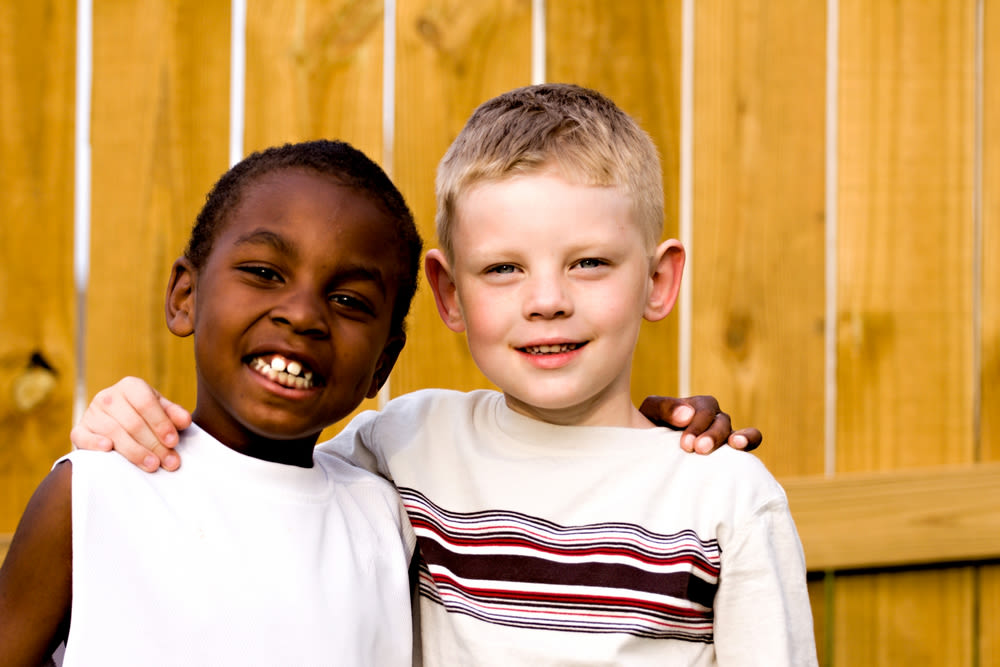How One Portland Nonprofit Helps Foster Kids Thrive

Portland nonprofit Kinship House serves roughly 500 children and families every year.
Image: Shutterstock/John Steel
Climb the narrow staircase to the second story of Kinship House, and you’ll find a purple-walled room with a neon red couch and chairs shaped like soccer balls. Across the hallway is a playroom, its pastel green walls lined with a miniature kitchen, a dollhouse, and countless boxes of dress-up clothes. At Kinship House, in Portland’s Irvington neighborhood, these spaces aren’t for naps or playdates—they’re therapy rooms in disguise.
Kinship House specializes in outpatient mental health care and trauma treatment for foster and adopted children. Executive director Heather Jefferis believes that “every child removed from their family experiences trauma, no matter what.” Therefore, every toy, game, and piece of furniture at Kinship House is chosen carefully with one purpose: to help children cope with this trauma.
Once a week, when foster children and newly adopted kiddos come to the house for a therapy session, dollhouses become prompts for conversation about recurring moves from home to home. Play kitchens raise questions around neglect and malnutrition. Police and firemen dress-up costumes initiate communication about raids, arrests, and illegal activity. This form of expressive therapy allows children to confront their traumatic memories in subtle, non-abrasive ways. And it works—whereas up to one-quarter of adoptions are dissolved before they’re legally finalized, 98 percent of Kinship House adoptees successfully transition out of state care.
Jefferis refers to the foster care system as a “silent problem.” The negative outcomes of foster services are overwhelming: a 2011 study found that roughly half of foster children drop out of high school, nearly one-third of former foster youth become homeless, and less than 3 percent graduate from a 4-year college. Yet awareness of the problem is close to nonexistent.
The biggest thing we can do to address the issue? “Just start talking about it,” Jefferis says. “All you need to do is begin the conversation.” Of course, if you’re looking for a more hands-on approach in initiating change, the nonprofit is always looking for volunteers and donations of funds, board games, books, and art supplies.




